V Falls to J'burg, via Bots, Namibia & CT - Itinerary
WEEK 1: Vic Falls & Okavango Delta, Botswana
Victoria Falls – the Zambezi River plunges 100 metres down a mile wide chasm, creating one of the most incredible natural wonders of the world. The local name for the falls is ‘Mosi- oa-Tunya’ – ‘the smoke that thunders’.
We stay beside Victoria Falls in Victoria Falls town; there is lots to see and do. Adventure activities abound – you can bungee jump, white water rafting, and go game-viewing on horseback or walking with lions. More sedate excursions include canoeing, light aircraft or helicopter flights over the Falls and the sunset cruise on the Zambezi. Though the Falls themselves are the main attraction, you can walk in the rainforest along the cliff opposite for an excellent view.
Optional Activities – Bungee jump from the Victoria Falls Bridge, abseil down the Gorge. Fly over the Falls. Whitewater raft down the Zambezi. You can float serenely down the river deep below the cliff topped gorge.
In the midmorning we leave Zimbabwe for Botswana and Kasane, where we have a chance to explore the town of Kasane. Wander around town for the day or have a break on the banks of the Chobe River. In Chobe National Park you can take an overnight game drive; a wild experience – excellent game viewing is a must.
Back in camp, you can have a break, after all the adventure. You can take an optional boat cruise on the Chobe River, or spend your time by the pool.
We travel along the edge of the Kalahari Desert to Maun a small town on the edge of the Okavango Delta, the starting point for the Delta trip.
A Mokoro is a traditional dugout canoe and your transport into the Delta. As you glide through the waterways, you will see a fantastic array of wetland wildlife, birds in particular, and you will come across hippos in the water and elephants drinking on the shore. You can go on a walking safari to look for giraffe, buffalo and rare antelope – the overnight stay is a great wilderness experience.
Optional Activity: Overnight Delta excursion
Up early and it’s off walking with the guide, a unique chance to see game on foot; elephants, herds of grazing zebra and pods of hippos. Try learning how to pole your mokoro, or try to catch a catfish; the guides make it look so easy. A last swim in the clear delta water before heading back to the truck and campsite for a shower and cold drinks. Time permitting you can take a scenic flight over the Delta from Maun.
Week 2: Maun, Botswana to Cheetah Park, Namibia
From the lush Delta, we pass through the arid Namibian landscape to our evening’s bush camp. Heading north to Etosha Pan National Park. Thousands of years ago this vast saltpan was a lake, till Kunene River changed course and deprived the lake of water. The pan and surrounding bush support large numbers and a wide range of wildlife. We view the game from the truck and spend the evenings by the floodlit water holes at the park’s campsites. These waterholes provide an excellent opportunity to see animals that are hard to find during the day, particularly rhino and also smaller animals such as the genet. Elephant, lion, giraffe, zebra, oryx, ostrich, springbok, jackals, hyenas and meercats are also likely to be seen.
We leave Etosha and head to a cheetah rescue park and get up close to these amazing and endangered creatures. The animals here are rescued from the wild where they are in conflict with herders and farmers.
Brandberg Mountain or Fire Mountain; a massive mountain outcrop rising above the gravel plains, uninhabited and isolated with the tallest mountain in Namibia.
WEEK 3: Brandberg Mountain to Fish River Canyon
Namibia is a land of wide open spaces and we pass few inhabited areas as we drive towards Spitzkoppe; a group of granite peaks Swakopmund is an old German colonial seaside resort with plenty to do for the energetic and German beer halls for those after a more relaxing time. Horse-riding, quad biking or sand boarding on the dunes, deep sea fishing in the Atlantic, jump out of a plane or take a scenic flight over the coastline are just a few of the things you can do here.
Included Activity: Spitzkoppe
Optional Activities: Skydiving, quad biking, sand boarding, scenic desert flights, dolphin cruises, fishing trips, golf, horse riding etc.
Leaving Swakopmund, we head south to the industrial port Walvis Bay, before turning inland and toward the desert. Continuing our journey, we enter the Namib-Naukluft Park in one of the oldest deserts in the world. We base ourselves at Sesriem, a great place to experience the Namib and its many moods.
Namib-Naukluft National Park, Dune 45 & Sossusvlei. An early start into Namib-Naukluft National Park, we take a morning roaming around the sands. We take some time to summit the famous Dune 45. We then take a desert shuttle a further 5 kms into the desert where you can take a walk to Sossusvlei; a river which ends is a salt and clay pan, surrounded by high red dunes.
Included Activity: Visit to Sossusvlei & Dune 45
After overnighting in the desert we drive south to Fish River Canyon; 160 km long and half a kilometre deep; second in length only to the Grand Canyon. You can trek along the rim and look into the canyon from the various viewpoints.
Included Activity: Visit to Fish River Canyon
WEEK 4: Fish River Canyon to Cape Town, South Africa
We cross to South Africa over the Orange River. Take a canoe trip down the river or relax by the pool enjoying the spectacular view.
Optional Activity: Canoe the Orange River
We drive through mountain valleys and stony semi-desert following the farmland south through the sparsely populated areas of the Western Cape. Cederberg growing area of the centre of one of the Cape’s many wine routes.
Optional Activity: Wine tasting
Continuing south through to the fruit growing area of Citrusdal; we cross the mountains to Cape Town – a beautiful city, plenty of cafes, pubs, clubs and markets. Tonight’s accommodation is in dormitories in one of Cape Town’s hostels.
This morning is the end of our tour. While in Cape Town; go and climb Table Mountain or take the cable car to the top for views of the city and visit Robben Island
WEEK 5: Cape Town to Little Karoo & Addo National Park
To the Cape of Good Hope, and the Cape peninsula. Walk up to the upper lighthouse, or ride on the Flying Dutchman Funicular for some spectacular views. On to Hermanus; now Gansbaai, for whale watching, shark cave diving and Dyer Island Nature Reserve. Cape Agulhas the most southern tip of Africa – the dividing line between the warm Indian Ocean and the cool Atlantic.
Between August to December Southern Right and Humpback Whales can be seen off the southern coast. From Cape Agulhas we pass through the Outeniqua Mountains to the Little Karoo – we will visit an Ostrich farm to see the worlds largest bird. We explore the Cango network of calcite caves
South Africa’s Garden Route – through Knysna, on its lagoon and Tsitsikamma Forest; where you will be able to hike along the coast and view the crashing waves at the mouth of the scenic Storms River to see dolphins and whales in the ocean. Optional excursions in this region include mountain biking, black water tubing, and bungee jumps at Bloakrans Bridge – the highest jump in the world at 216 metres. Along the coast to Addo Elephant National Park – home to the BIG 7 – lion, rhino, elephant, leopard, buffalo, whale and shark.
WEEK 6: The Free State, Lesotho to Johannesburg
On to the rugged and remote Wild Coast and the seaside village of Cintsa, on the Cintsa River. A free day on sandy beaches, canoe the river, hike, or horse ride.
Lesotho is a mountain kingdom surrounded by South Africa. Tremendous scenery and the mountain air crisp and fresh.. We stay at Malealea Lodge, a countryside retreat, high in the mountains. With waterfalls, rock pools ideal for swimming, and peaceful hikes in the surrounding hills and pony trekking. We drive through the lowlands of Lesotho and visit Thabo Bosiu or Mt. Moorosi; a mountain stronghold, which was the home of Chief Moshoeshoe, the founder of the Basotho nation. On to Lesotho’s tiny capital Maseru, and South Africa.
The Royal Natal National Park on the edge of the Drakensburg Mountains has an impressive natural Amphitheatre of massive rock walls. The Tugela River plunges spectacularly over the edge of the Amphitheatre wall, dropping around 800m through a series of five falls.
Going north through Afrikaaner heartland and on to South Africas largest city, Johannesburg. A gold rush city and the end of our trip.
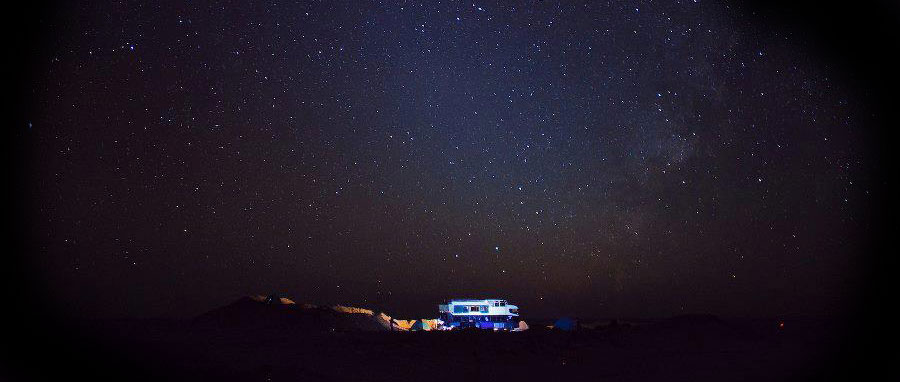
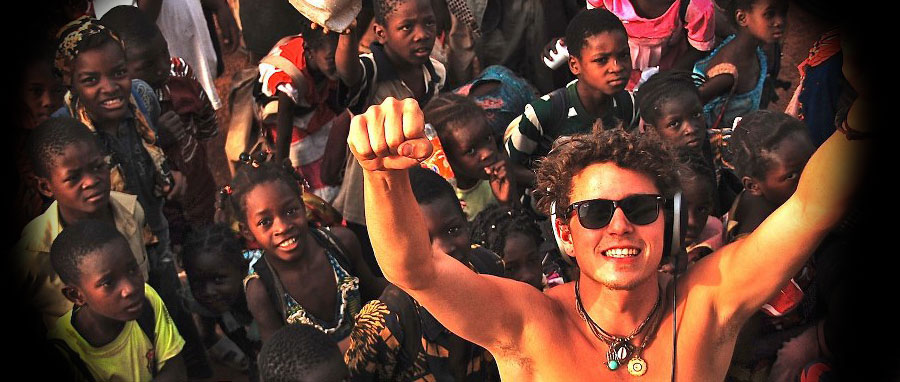
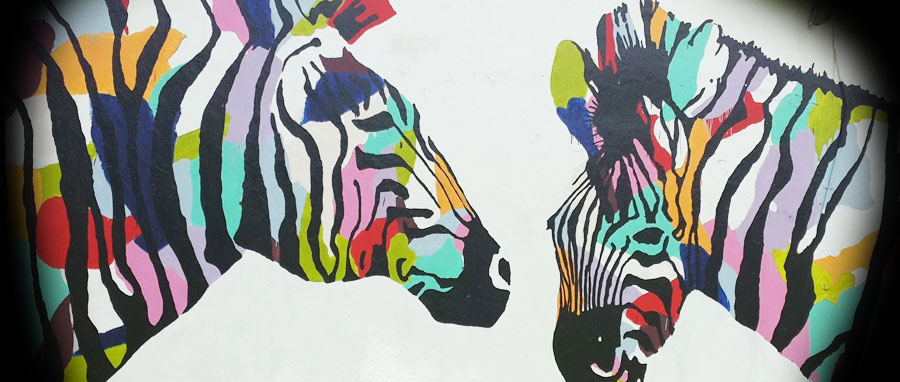
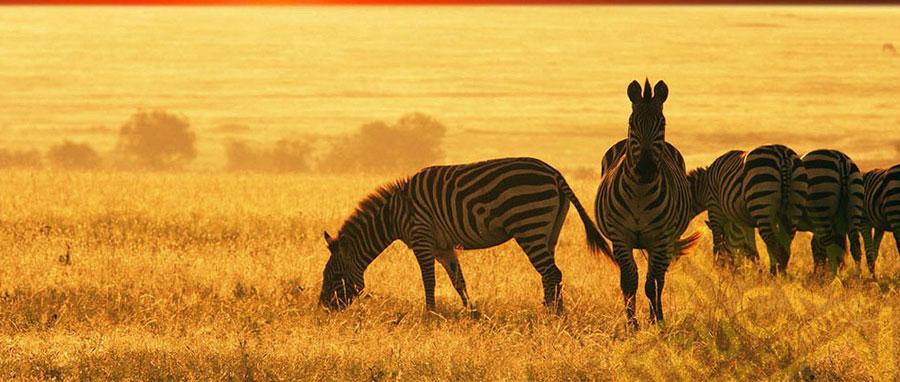

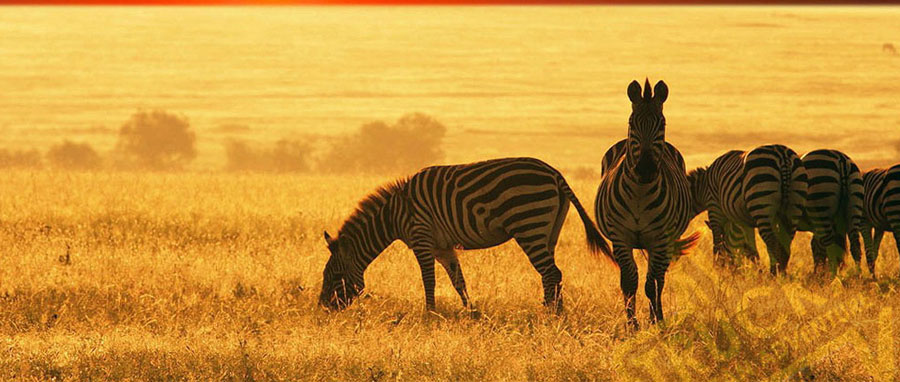
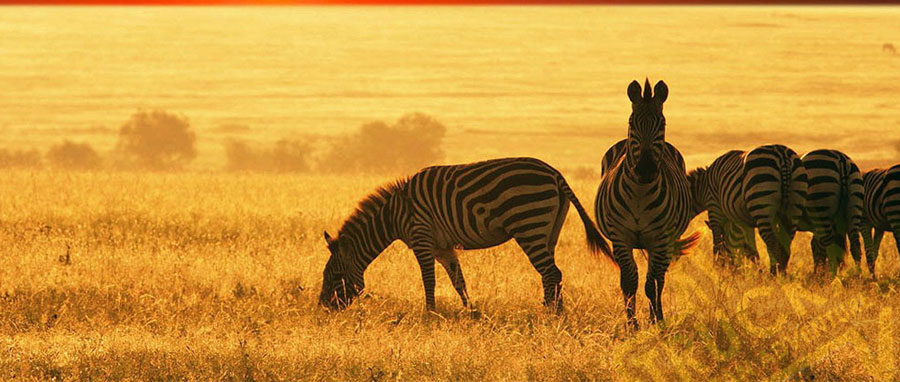
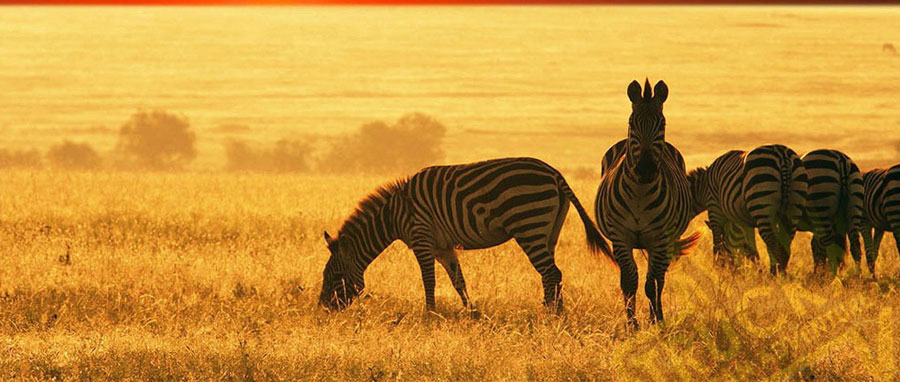
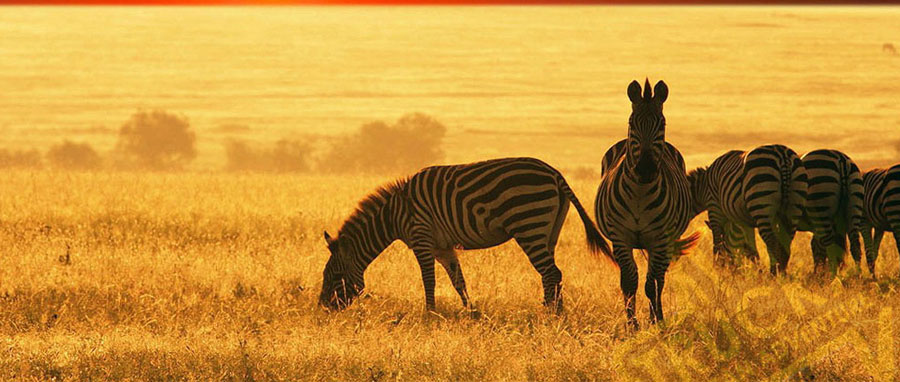



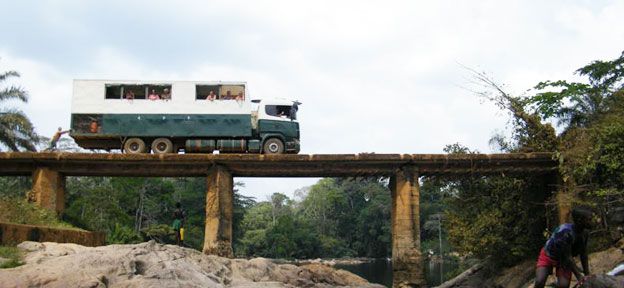
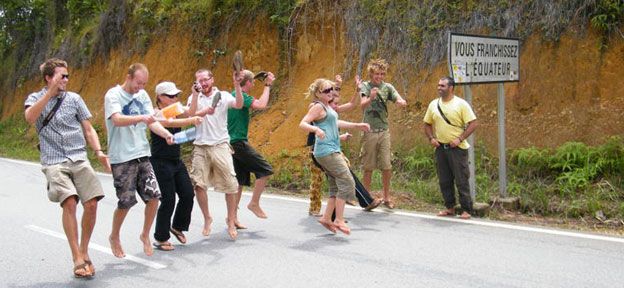
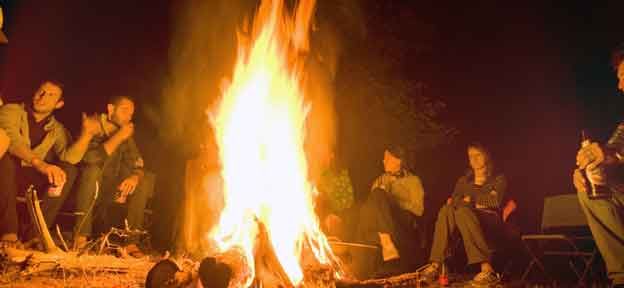
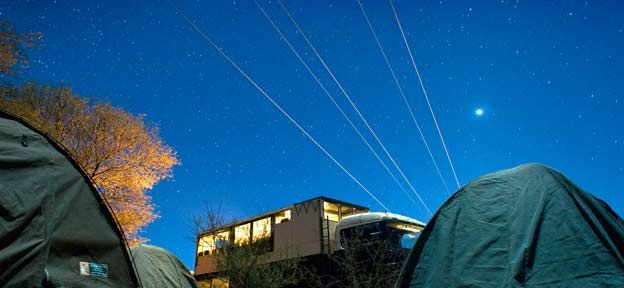
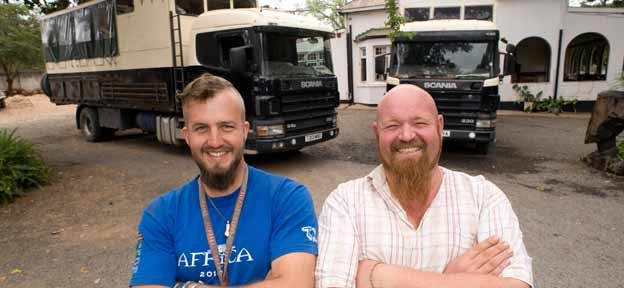
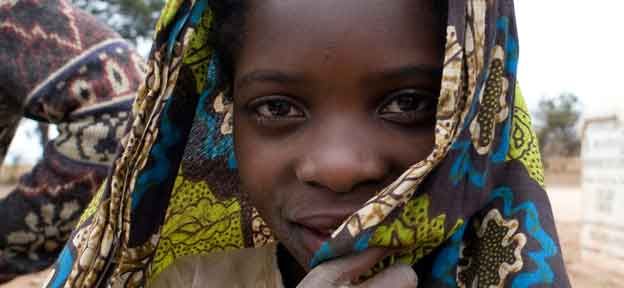
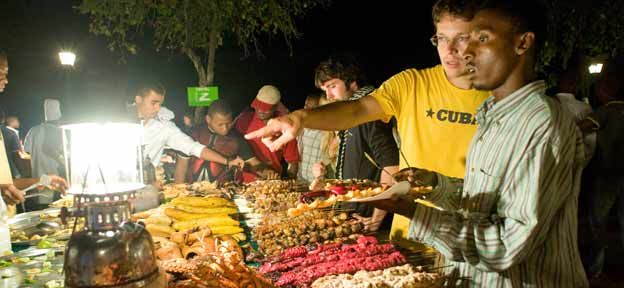
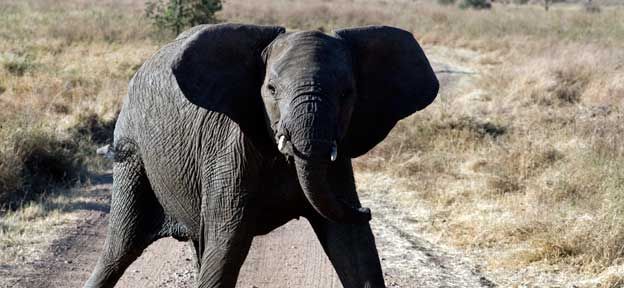
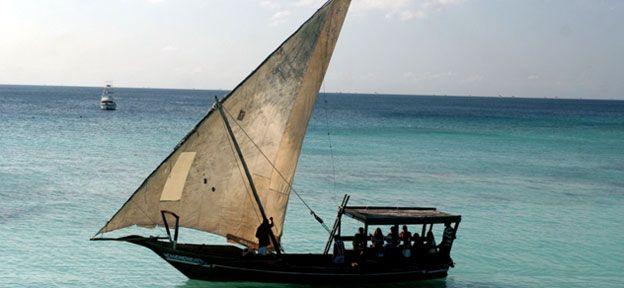
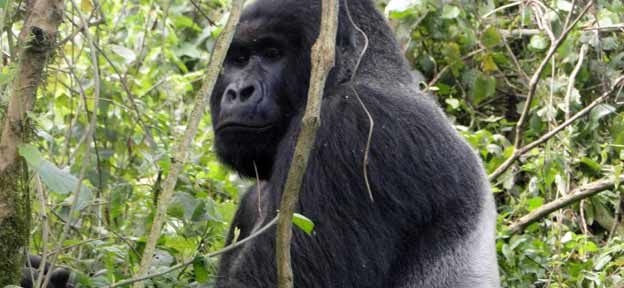
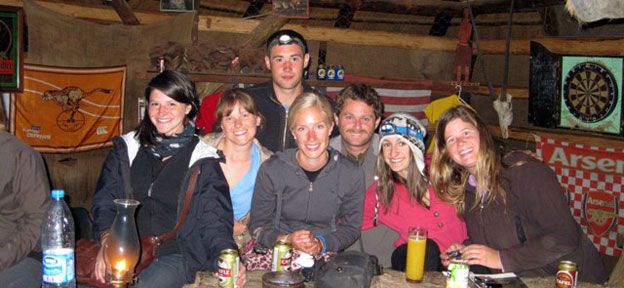
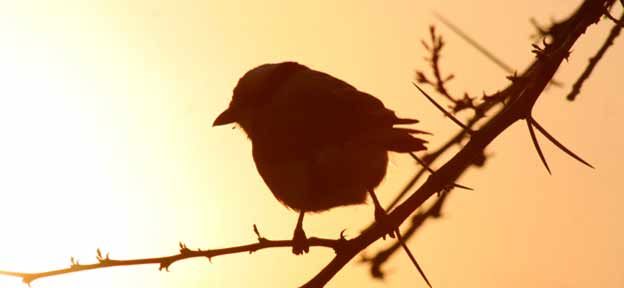
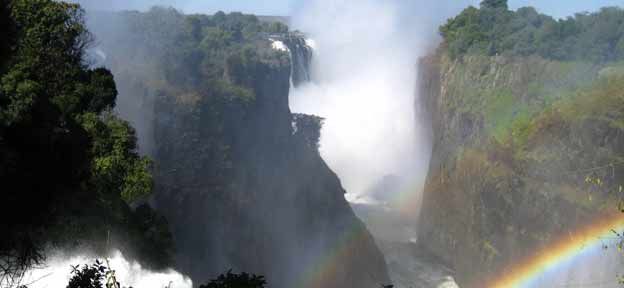
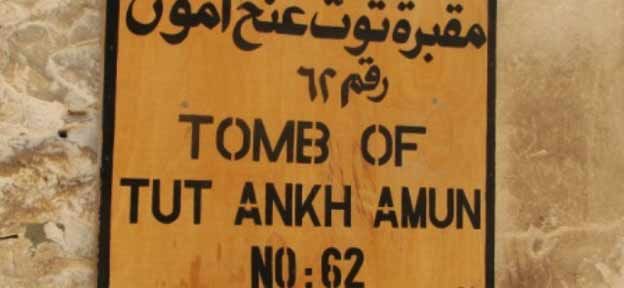
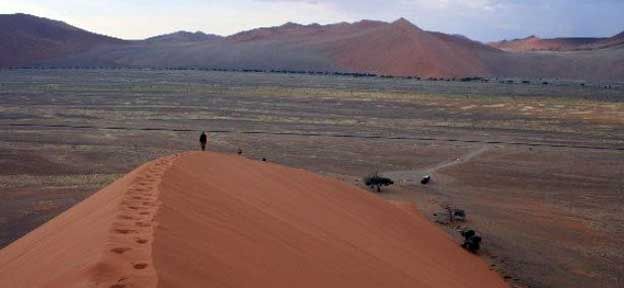
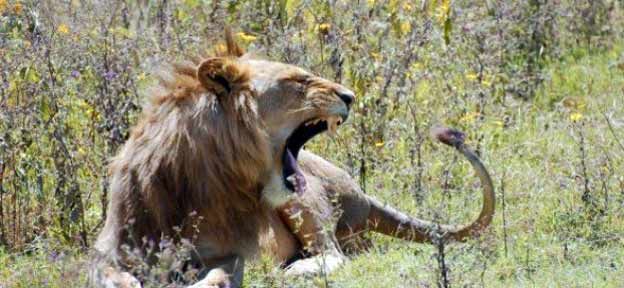
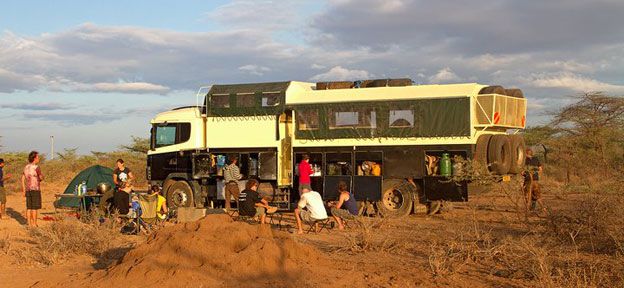
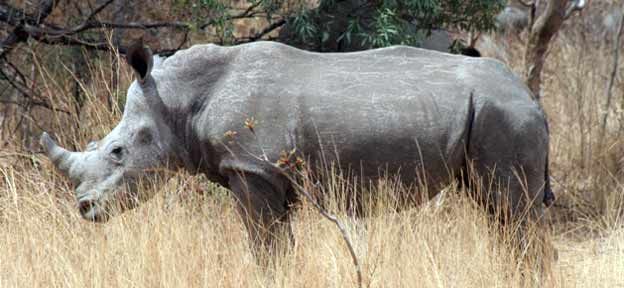
 Print this Page
Print this Page